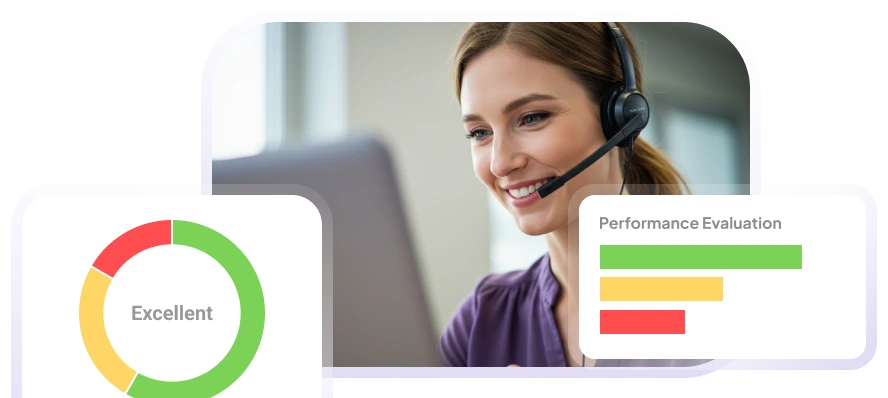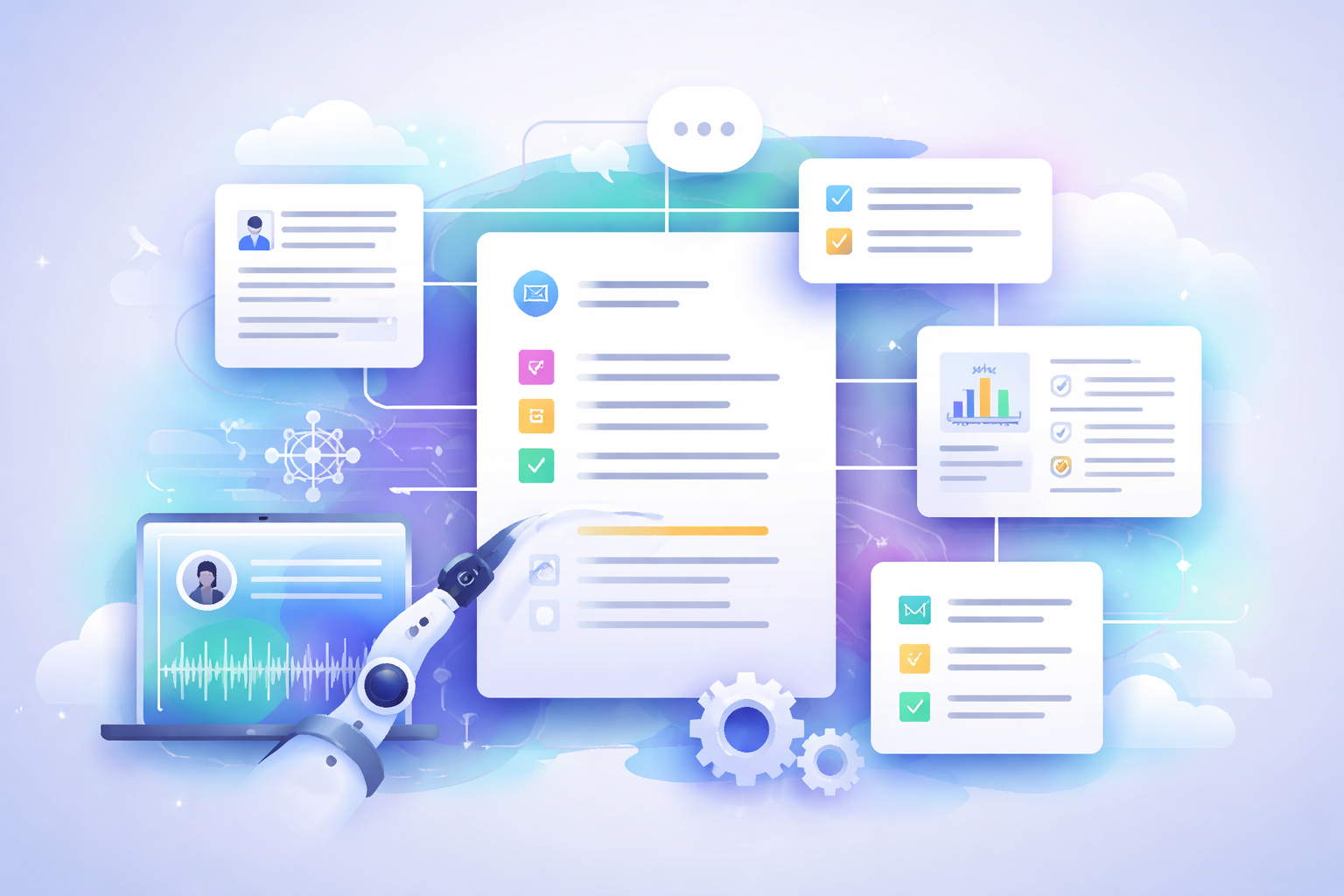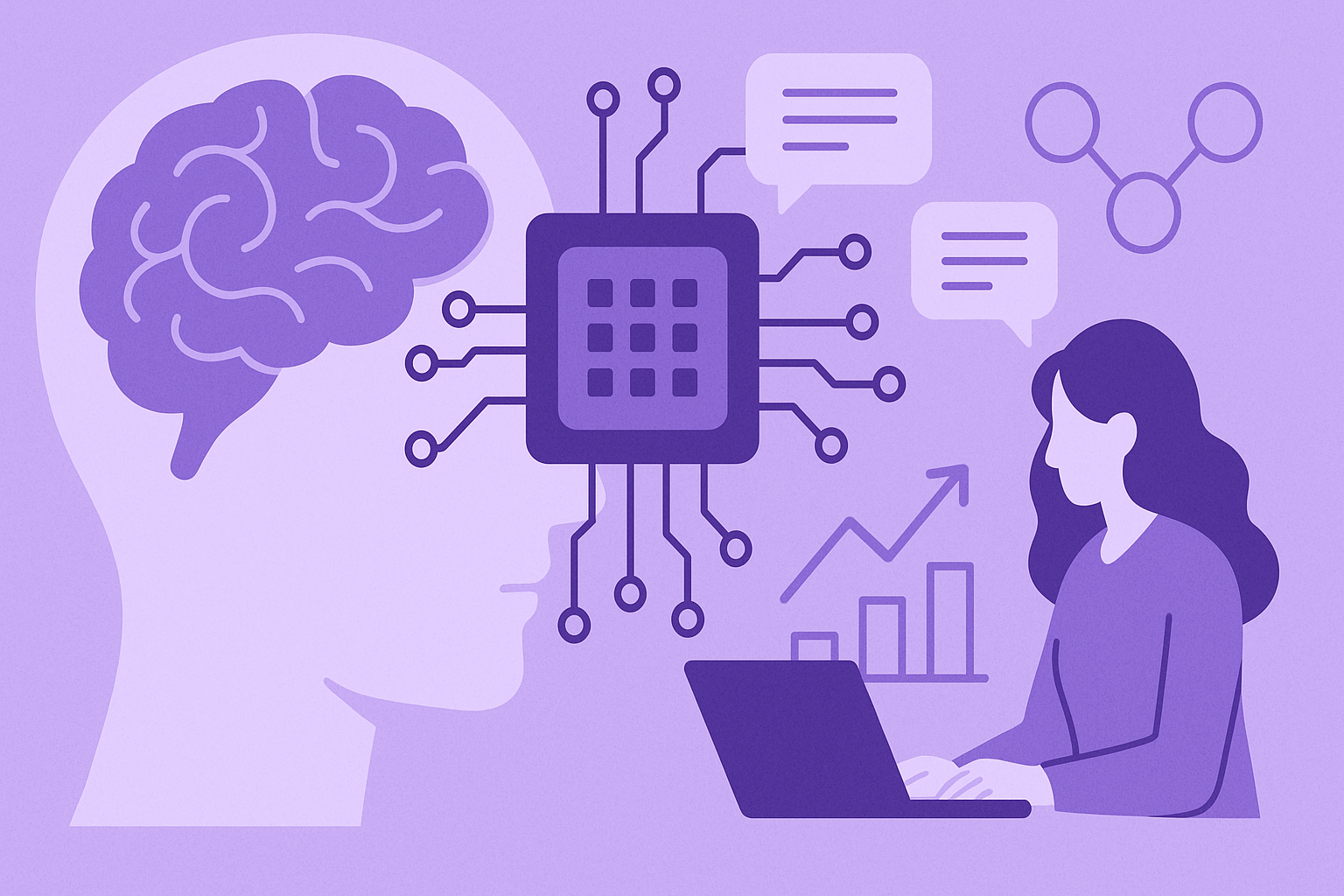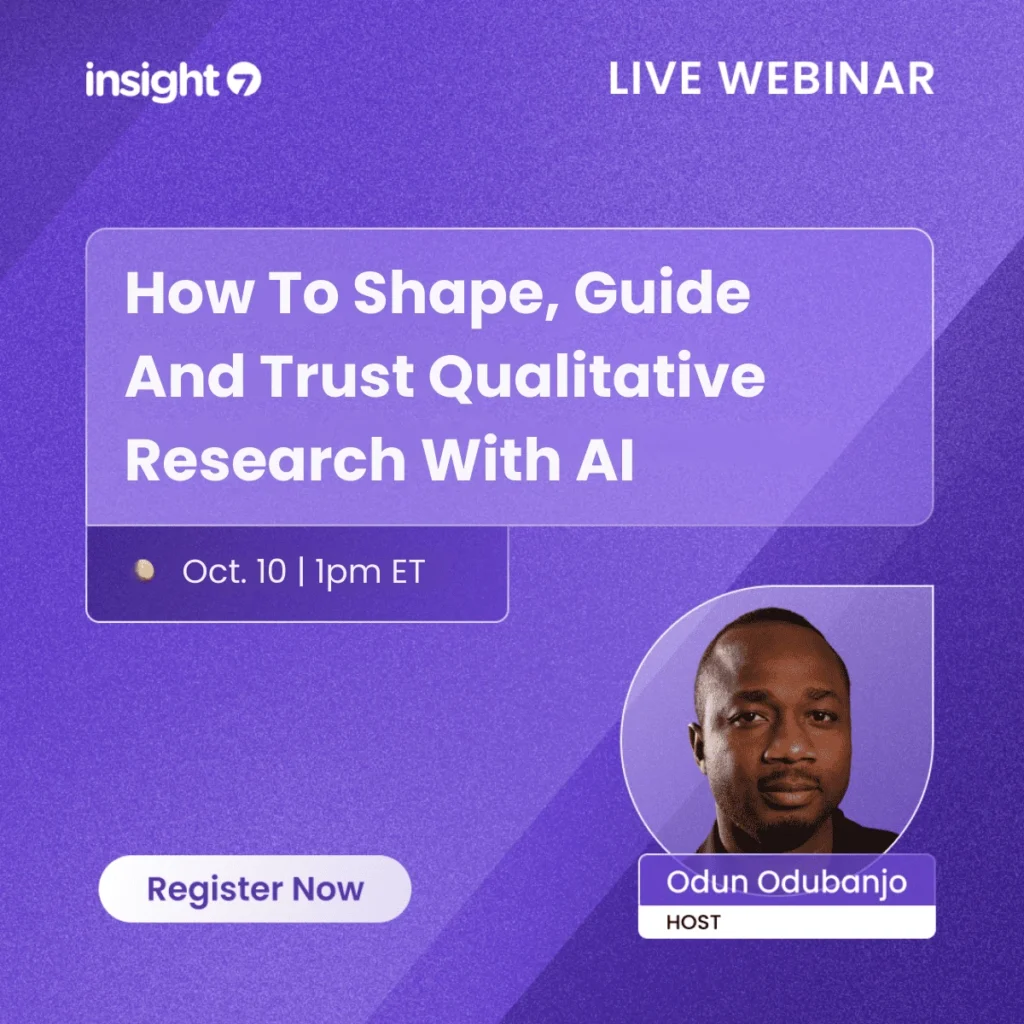Top Ethnography Software Tools for Researchers
-
Bella Williams
- 10 min read
Top Ethnography Software Tools for Researchers
Qualitative Data Analysis Software
1. Insight7
Insight7 is a powerful interview analysis platform designed to help researchers synthesize qualitative data at scale. With its intuitive interface and robust features, Insight7 enables users to analyze interviews, focus groups, and other conversational data efficiently.
Key Features:
- Automated Transcription: Insight7 offers a built-in transcription service that converts audio and video recordings into text with high accuracy (up to 99%).
- Thematic Analysis: The platform automatically extracts themes, pain points, and insights from transcripts, allowing researchers to quickly identify key findings.
- Multi-Project Analysis: Users can group related files into projects, enabling them to analyze multiple interviews collectively and derive aggregated insights.
- Customizable Reporting: Insight7 allows users to generate reports that summarize findings, insights, and recommendations, making it easy to present results to stakeholders.
- Data Privacy Compliance: The platform adheres to strict data privacy regulations, ensuring that sensitive information is protected.
Use Cases:
- Market Research: Insight7 is ideal for market researchers conducting interviews and focus groups to gather consumer insights.
- User Experience Research: UX researchers can leverage Insight7 to analyze usability tests and identify pain points in user interactions.
- Organizational Research: Insight7 can be used to conduct interviews with employees to understand workplace culture and employee satisfaction.
2. Dedoose
Dedoose is a web-based application designed for qualitative and mixed-methods research. It allows researchers to analyze and visualize qualitative data, making it easier to identify patterns and themes.
Key Features:
- Cross-Platform Compatibility: Dedoose works on any device with internet access, making it accessible for researchers on the go.
- Data Visualization: The platform offers various visualization tools, including charts and graphs, to help researchers present their findings effectively.
- Collaboration Tools: Dedoose allows multiple users to collaborate on projects, making it ideal for research teams.
Use Cases:
- Social Science Research: Dedoose is commonly used in social science research to analyze interviews, focus groups, and survey data.
- Health Research: Researchers in the health field can use Dedoose to analyze patient interviews and focus groups to understand health behaviors and attitudes.
3. NVivo
NVivo is a leading qualitative data analysis software that helps researchers organize, analyze, and visualize unstructured data. It is widely used in academic and professional research settings.
Key Features:
- Rich Data Management: NVivo allows users to import various data types, including text, audio, video, and images, for comprehensive analysis.
- Coding and Annotation: Researchers can code data segments and annotate them with notes, making it easier to track insights and themes.
- Query and Visualization Tools: NVivo offers powerful query tools to explore data and visualize findings through charts and models.
Use Cases:
- Academic Research: NVivo is popular among academic researchers for analyzing qualitative data from interviews, focus groups, and literature reviews.
- Market Research: Market researchers can use NVivo to analyze consumer feedback and identify trends in product usage.
4. MAXQDA
MAXQDA is a versatile qualitative data analysis software that supports researchers in analyzing qualitative and mixed-methods data. It is known for its user-friendly interface and powerful analysis tools.
Key Features:
- Multi-Data Type Support: MAXQDA allows users to analyze various data types, including text, audio, video, and images.
- Visual Tools: The software provides visual tools for creating mind maps, flowcharts, and models to represent data insights.
- Team Collaboration: MAXQDA supports collaborative projects, enabling research teams to work together seamlessly.
Use Cases:
- Education Research: Educators can use MAXQDA to analyze student interviews and focus groups to improve teaching methods.
- Social Research: Social researchers can leverage MAXQDA to analyze community interviews and identify social issues.
5. Atlas.ti
Atlas.ti is a powerful qualitative data analysis software that helps researchers analyze complex data sets. It is designed for researchers who need to manage large volumes of qualitative data.
Key Features:
- Data Organization: Atlas.ti allows users to organize data into projects, making it easy to manage and analyze multiple data sources.
- Coding and Memoing: Researchers can code data segments and create memos to capture insights and reflections.
- Visual Network Tools: The software offers visual network tools to help researchers map relationships between codes and themes.
Use Cases:
- Market Research: Atlas.ti is used by market researchers to analyze consumer feedback and identify trends in purchasing behavior.
- Health Research: Researchers in the health field can use Atlas.ti to analyze patient interviews and focus groups to understand health behaviors and attitudes.
How to Choose the Right Ethnography Research Tools
First and foremost, assess your specific research needs. Are you conducting interviews, observing behaviors, or analyzing cultural artifacts? Different tools excel in various aspects of ethnographic work. For instance, some software specializes in transcription and coding of interviews, while others focus on visual data analysis. Consider the scale of your project, the types of data you’ll be collecting, and your team’s technical expertise. Additionally, look for tools that offer robust collaboration features, as ethnographic research often involves multiple researchers working together. By aligning your tool selection with your project’s unique requirements, you’ll set yourself up for more efficient and insightful research outcomes.







